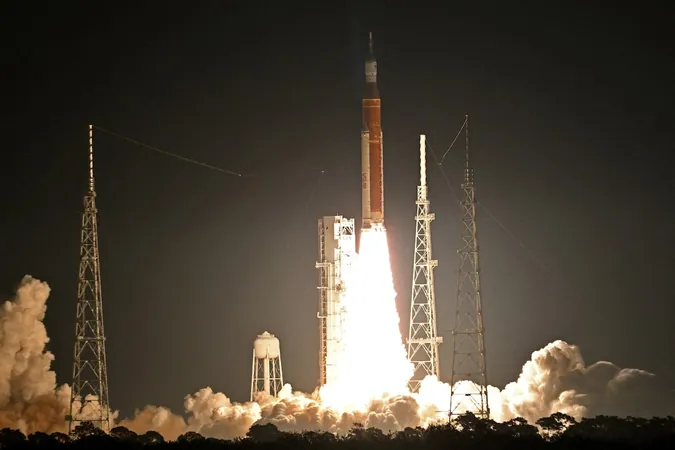
Astronaut Safety First: Groundbreaking Study on Radiation Exposure in Space Travel
2024-09-25
Author: Olivia
Groundbreaking Study on Radiation Exposure
In a groundbreaking study involving state-of-the-art mannequins named Helga and Zohar, scientists have embarked on a pivotal research initiative to understand the radiation exposure faced by astronauts during deep space missions. These innovative “radiation phantoms,” equipped with advanced sensors, were strategically placed inside NASA's Orion spacecraft to gather crucial data for ensuring astronaut safety on future historical journeys to places like Mars.
Research during Artemis I Mission
During the uncrewed Artemis I mission, which spanned 25 days in 2022, the researchers released initial measurements revealing substantial insights into radiation levels encountered inside the Orion spacecraft. This mission marked a significant step in understanding the environmental risks of deep space travel, particularly as it orbited the moon and returned to Earth. The researchers utilized sophisticated instruments, including NASA's Human Exploration Research Analog (HERA) and the European Space Agency's EAD sensors, to collect continuous radiation data.
Hazards of Space Radiation
The potential hazards posed by space radiation, such as galactic cosmic rays and particles released during solar flares, remain a pressing issue for astronaut safety. These factors increase the risk of radiation sickness, long-term cancer, central nervous system concerns, and degenerative diseases, making it critical to develop effective protection strategies. The Artemis program is paving the way to not only return humans to the Moon but also to create a sustainable presence that will facilitate upcoming crewed missions to Mars.
Design of Helga and Zohar
Helga and Zohar were specifically designed to simulate human female physiology since studies indicate that women are typically more sensitive to radiation than men. Each mannequin was equipped with sensors to monitor radiation exposure across various organs, providing invaluable data on how radiation distributes through the human body during extreme space travel conditions. Zohar showcased innovative protection technology by wearing a radiation vest, while Helga remained without one, allowing researchers to compare the effectiveness of protective measures.
Insights from Physicist Stuart George
Physicist Stuart George from NASA's Johnson Space Center commented on the significance of this study, stating, “The data collected from these phantoms provided valuable insights into how radiation is deposited across the body, particularly during the Van Allen belt transits and interplanetary flight.”
Effectiveness of Orion Capsule's Radiation Shielding
The study also shed light on the design effectiveness of the Orion capsule's radiation shielding, revealing that areas specifically designated as “storm shelters” during solar events could offer up to four times more protection than less shielded regions. This information is not only useful for upcoming missions but contributes to the overall design of spacecraft intended for long-duration spaceflight.
Lower Radiation Exposure Levels
Interestingly, measurements indicated that radiation exposure to galactic cosmic rays inside Orion was approximately 60% lower compared to past uncrewed interplanetary probes, underscoring the benefits of advanced shielding technology. Furthermore, the orientation of the spacecraft while flying through the Van Allen belt significantly influenced radiation exposure levels, reinforcing the importance of spacecraft design and maneuvering during crucial transit phases.
Conclusion and Future Research
As the Artemis program strives to set the stage for the next generation of human space exploration, the new findings from Helga and Zohar emphasize the urgent need to develop comprehensive radiation safety protocols. Scientists continue to process the collected data, which is expected to yield further insights in the coming months, ensuring that future missions prioritize astronaut health and safety in the unforgiving environment of space.
Call to Action
Stay tuned, as this pioneering research could redefine how humanity approaches the prospect of living and working on Mars and beyond!

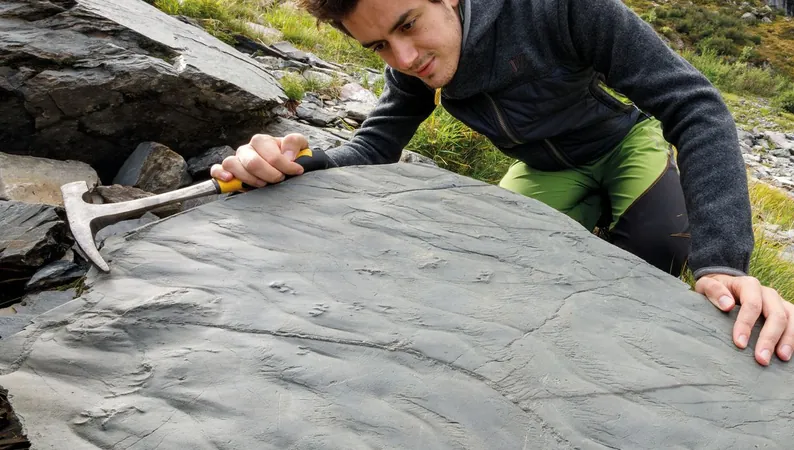




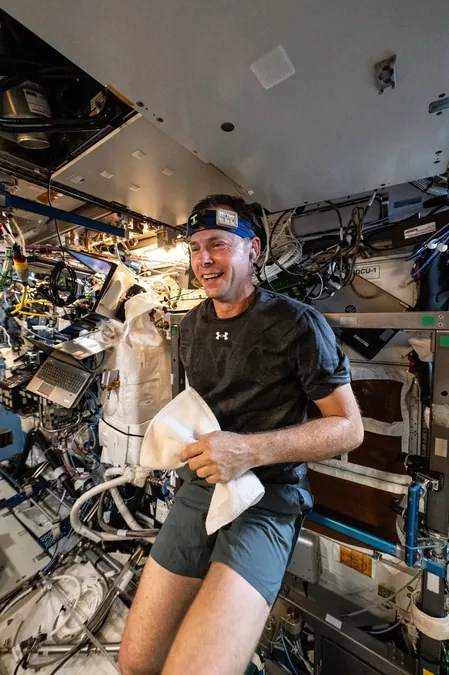
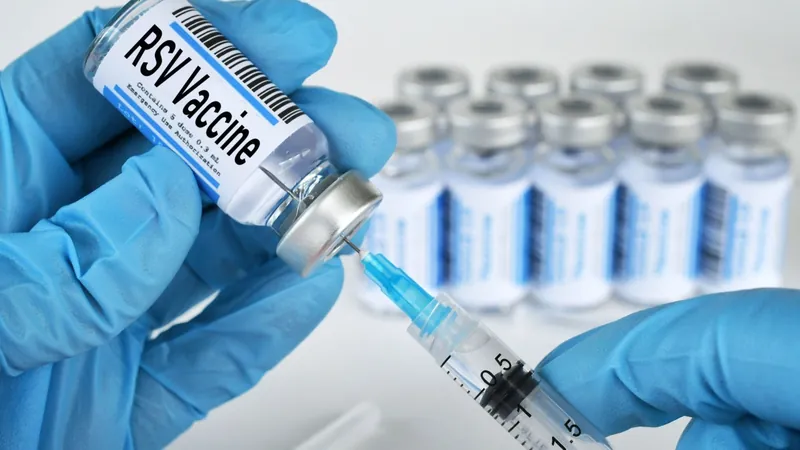
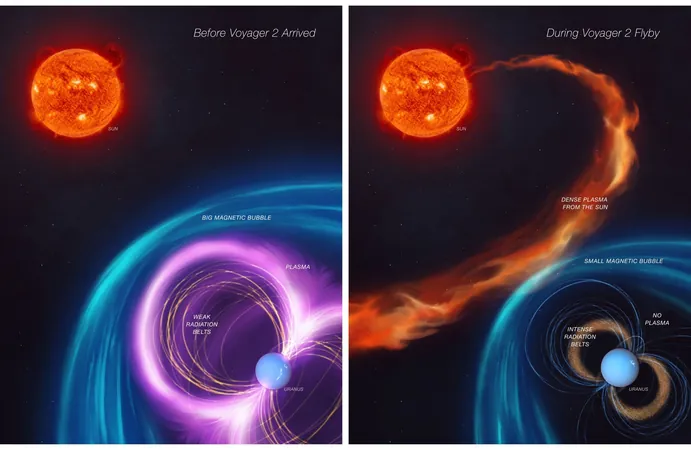
 Brasil (PT)
Brasil (PT)
 Canada (EN)
Canada (EN)
 Chile (ES)
Chile (ES)
 España (ES)
España (ES)
 France (FR)
France (FR)
 Hong Kong (EN)
Hong Kong (EN)
 Italia (IT)
Italia (IT)
 日本 (JA)
日本 (JA)
 Magyarország (HU)
Magyarország (HU)
 Norge (NO)
Norge (NO)
 Polska (PL)
Polska (PL)
 Schweiz (DE)
Schweiz (DE)
 Singapore (EN)
Singapore (EN)
 Sverige (SV)
Sverige (SV)
 Suomi (FI)
Suomi (FI)
 Türkiye (TR)
Türkiye (TR)